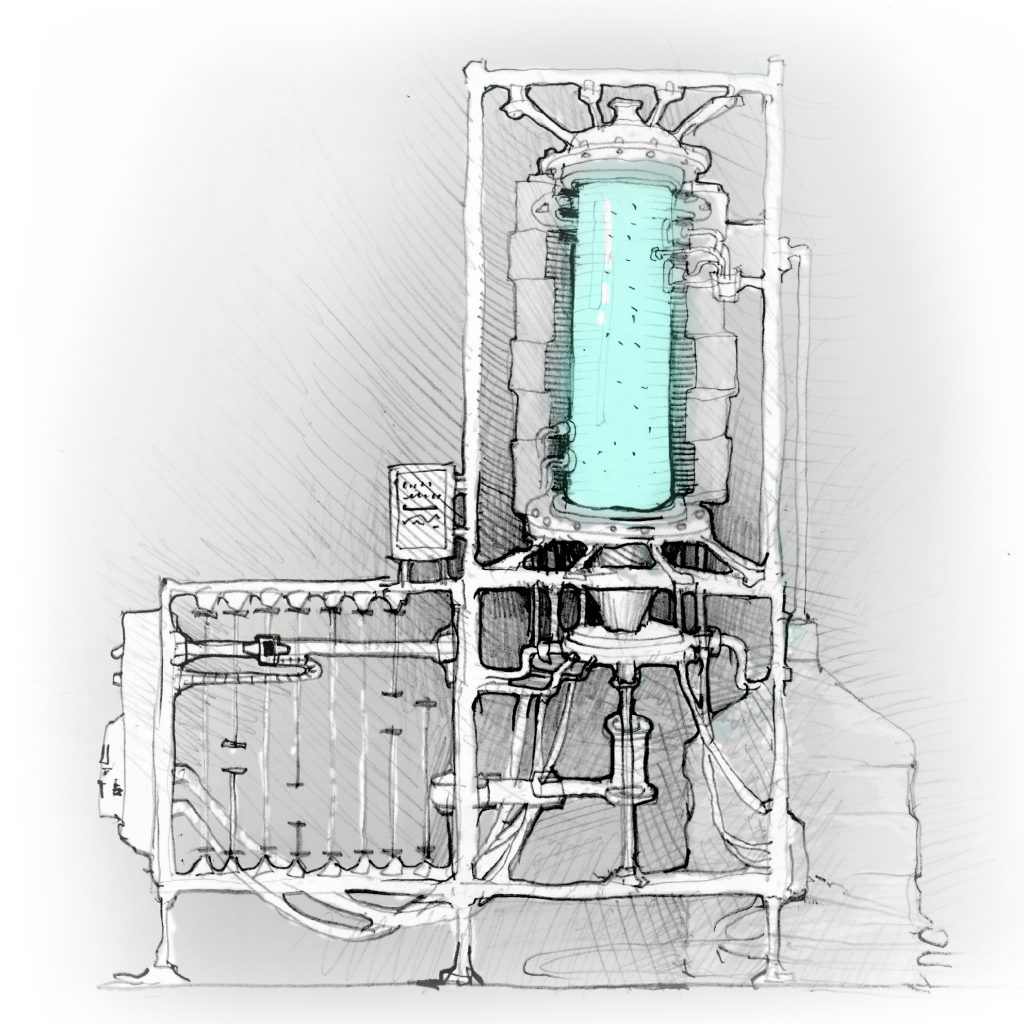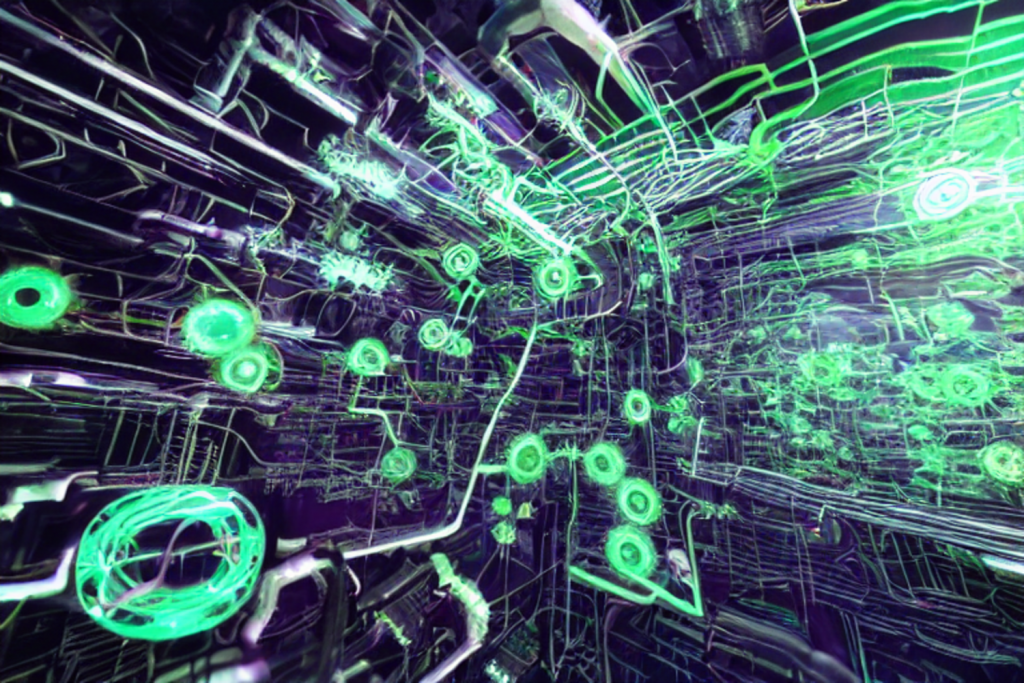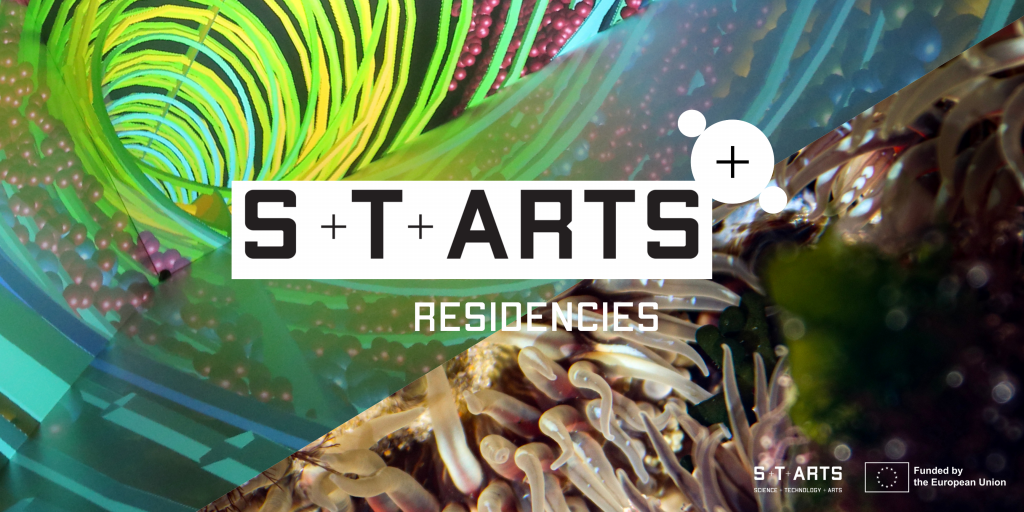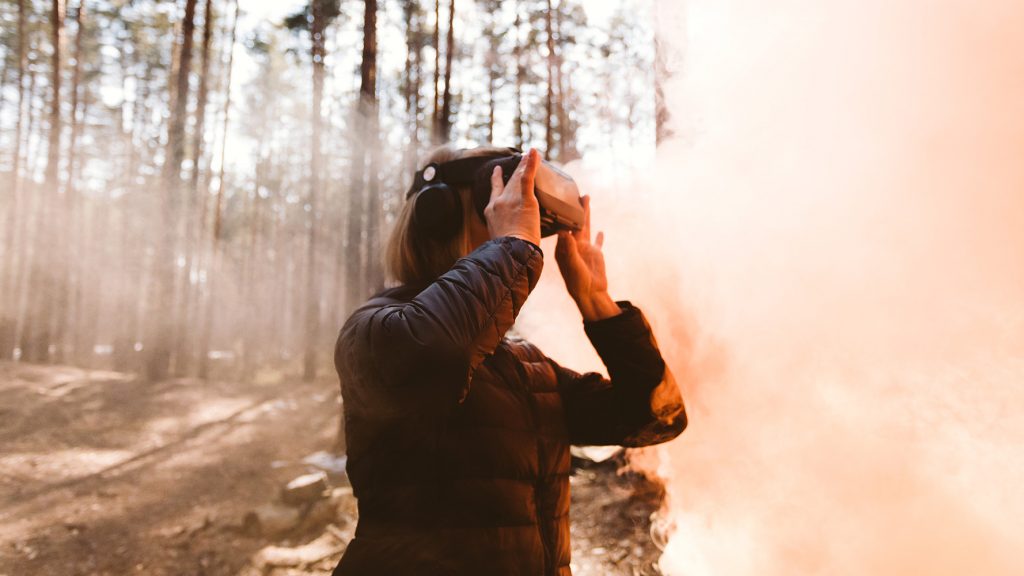S+T+ARTS in the City | Artists-in-Residence | Where Dogs Run
+ Challenge
The Future of Computing
+ Problem Statement
The growth of the bits -generated by our global information technology requires an increasing amount of energy for its processing and storage. In response artists and scientists are exploring the knowledge about organically stored information, looking into solutions that already exist in biology, ranging from molecules to cells, to simple and more complex organisms and their exchanges. How can we imagine biocomputing as a potential alternative for storing information and reducing energy consumption needed for computation?
+ Keywords
Biocomputing, Information Technology, Data Storage, Quantum Computing, Energy Harvesting, Biotechnology
+ Description
Due to increased exploitation of our local and global natural resources driven by the rapid advancement of information technology, we are in need of sustainable approaches to data storage and energy consumption in data processing. How can we draw inspiration from biological data processing mechanisms, ranging from molecular exchanges to information processes within colonies of simple organisms, and extending to more intricate systems? We are trying to learn from data processing in the biological world, starting from molecular exchange, processes of information in the colonies of simple organisms, towards more complex ones.
Biocomputing and quantum computing emerge as viable alternatives for adressing these challenges. Moreover, they also shift the paradigm of our thinking and present and the opportunity to bridge the gap we have created with the natural world. By encouraging audacious and speculative thinking, we believe that exceptional solutions can be envisioned for the future. Consequently, we are seeking artists who areinspired by the future possibilities of biocomputing andwho find incorporating (bio)technological means in their project self-evident.
+ Artist

Where Dogs Run is an art collective (Natalia Grekhova, Alexei Korzukhin, Olga Inozemtseva) founded in 2000 in Yekaterinburg (Russia). Their artistic practice lies mainly in the field of technological art and utilizes a wide range of media: video, robotics, hybrid installations and DIY. The art group combines innovative visual methods with scientific research tools and lowtech aesthetics. Most Where Dogs Run projects deal with scientific challenges: the three-body problem, machine learning, natural language processing, and virtual modelling. In their projects, artists explore the alternative computation, artificial intelligence, chemical communication between bio- and cyber agents, olfactory pollution, biometric and other types of control, the freedom of choice and freedom as such. They construct complex hybrid systems or situations designed to reveal the psychological and social mechanisms that discreetly shape the everyday reality. This allows them to create an artificial world that wants to be futuristic and free, but alas remains inherently linked to the demonic background of the historical reality. The art group has actively collaborated with many international institutions, such as ZKM (Germany), Goethe-Institut (Germany and Russia), KIBLA Multimedia Center, KGLU (Slovenia), Laznia CCA (Poland), M HKA (Belgium), and others.
+ Residence Project: Archean Memory Farm
The idea of Archean Memory Farm is based on the properties of ancient magnetotactic bacteria (MTB). They use magnetosomes to move along the lines of the Earth’s magnetic field, which allows them to recognize up and down and to sink into zones with a minimum of oxygen. The metabolism of magneto-tactic bacteria makes it possible to enter, store and read information.
The structure of the Archean Memory Farm:
- bacteria live and multiply in the bio-reactor;
- control of the magnetic field lets us organize the input and playback of data, so we get a bio-display;
- the dead generations of bacteria sink to the bottom naturally so we can create a layer of them, making it possible to record and store information on the carrier; information is recorded, read, and reproduced using a magnetic field.
The structure that will emerge can be understood as a basic form of a primitive biogeo-computer. This computer would be considered very slow by human standards, but this speed seems to be the most adequate for observing bio-calculations and may allow us to experience how information grows, as well as how it may have the properties of a living being, closely linked with life and death. The properties of MTB make it possible to create an artificial geological memory as an analogue memory; as a replacement for digital memory; or as a method of algorithmic memory cultivation of living beings.
+ Video Statement
+ Jury Testimonial
“Archean Memory Farm presents a new way of understanding information across deep time, from ancient bacteria with a record on prehistoric Earth atmosphere to the moment when humans use this biological organism as a data carrier for the future.”



